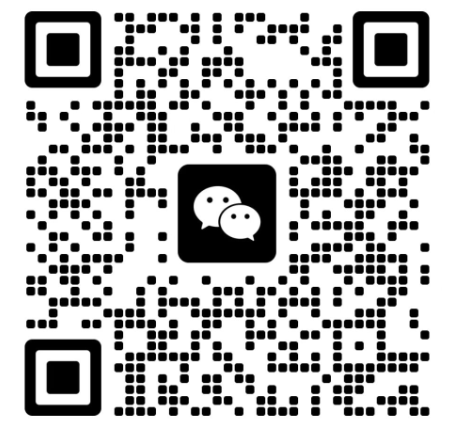Light industry grocery inspectionProduct
Your Location:Home > Light industry grocery inspectionGB/T 24110-2009, whose full title is "Safety requirements and tests for caps and end closures of writing and marking instruments for import and export", was issued on June 11, 2009, and came into effect on December 1, 2009. This standard was officially withdrawn on December 15, 2017, but it still holds certain reference value as there is currently no direct replacement standard. GB/T 24110-2009 was a technical safety standard specifically for the caps and end closures of writing instruments designed or clearly intended for use by children under 14 years of age. Its primary focus was preventing the risk of choking in children due to accidental ingestion of pen caps.
1. Standard DefinitionsThe standard provided clear definitions for the following terms:
•Writing and Marking Instruments: Instruments used for writing or marking, including pens with independent reservoirs for ink or other marking fluids, crayons, and colored or graphite pencils.
•Cap: A removable cover or cap designed to protect the writing or marking point.
•End Closure: A cover or plug designed for sealing an end during normal use, not for removal (including end closures fixed to a removable cap).
•Graspable Surface: The part of the cap or end closure surface suitable for testing.
2. Scope of Application
| Applicable Objects | Excluded Objects |
| Writing and marking instruments designed or clearly intended for children under 14 years old. | Pens not intended for children under 14, e.g., jewelry pens, expensive fountain pens, professional technical pens. |
| Caps or end closures on these instruments. | Replacement caps and end closures sold separately for refills. |
| End erasers and their protective caps on pencils. |
3. Core Requirements & TestsThe core objective of the standard was to ensure that caps and end closures provide sufficient ventilation to prevent complete airway blockage if accidentally swallowed by a child, buying crucial time for rescue. This was verified primarily through the following tests:
1) Cap Safety Test:
•Ventilation Requirement: The cap must allow a minimum airflow of 8 liters per minute.
•Test Method: The cap is fitted onto a special test apparatus that simulates a respiratory tract environment. A specific pressure differential is applied, and the airflow is measured to check compliance.
•Size Requirement: The cap's dimensions were also regulated to reduce the risk of being swallowed by a child.
2) End Closure Safety Test:•For end closures, the standard required that they must either not fully enter a specified test gauge (simulating the size of a child's throat), OR if they could enter, they must also meet the same minimum ventilation requirement as caps (8 L/min).
3) Migratable Elements Test:Maximum limits for migratable elements in caps and end closures of writing and marking instruments are shown in the table below
(Unit: mg/kg):
| Antimony (Sb) | Arsenic (As) | Barium (Ba) | Cadmium (Cd) | Chromium (Cr) | Lead (Pb) | Mercury (Hg) | Selenium (Se) |
| 60 | 25 | 1000 | 75 | 60 | 90 | 60 | 500 |
•The standard could also include tests such as torque tests (to check if the cap is easily disassembled) and tension tests (to test the cap's retention force) to ensure that the cap does not easily come off or break into small parts during normal use.
4. Important Notes1.Standard Withdrawn: It is emphasized again that GB/T 24110-2009 is currently withdrawn. For practical application or product testing, it is essential to consult and follow its latest replacement or other relevant current effective standards (such as ISO or EN standards, or the latest domestic industry standards). Understanding the historical content of this standard remains meaningful for comprehending the evolution and requirements of product safety.
2.Target Age Group: This standard was only mandatory for writing instruments designed or clearly intended for children under 14 years old. For other types of pens, while not mandatory, many responsible manufacturers may still refer to similar safety standards.
3.Importance of Compliance: For companies manufacturing or importing relevant writing instruments, ensuring product compliance with such safety standards is crucial. This is not only a regulatory requirement but also reflects corporate social responsibility, effectively protecting children's safety and avoiding product recalls and legal risks.
J-Testing is a CNAS, CMA, and CPSIA accredited laboratory, committed to providing global clients with professional third-party testing, consulting services, and cross-border certification assistance.






 Our Service
Our Service
